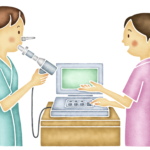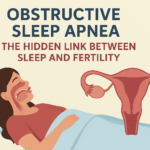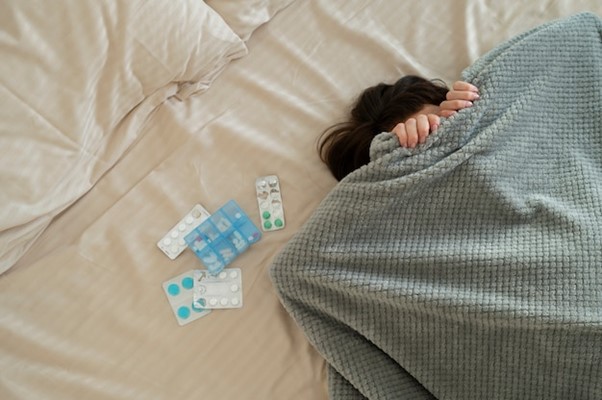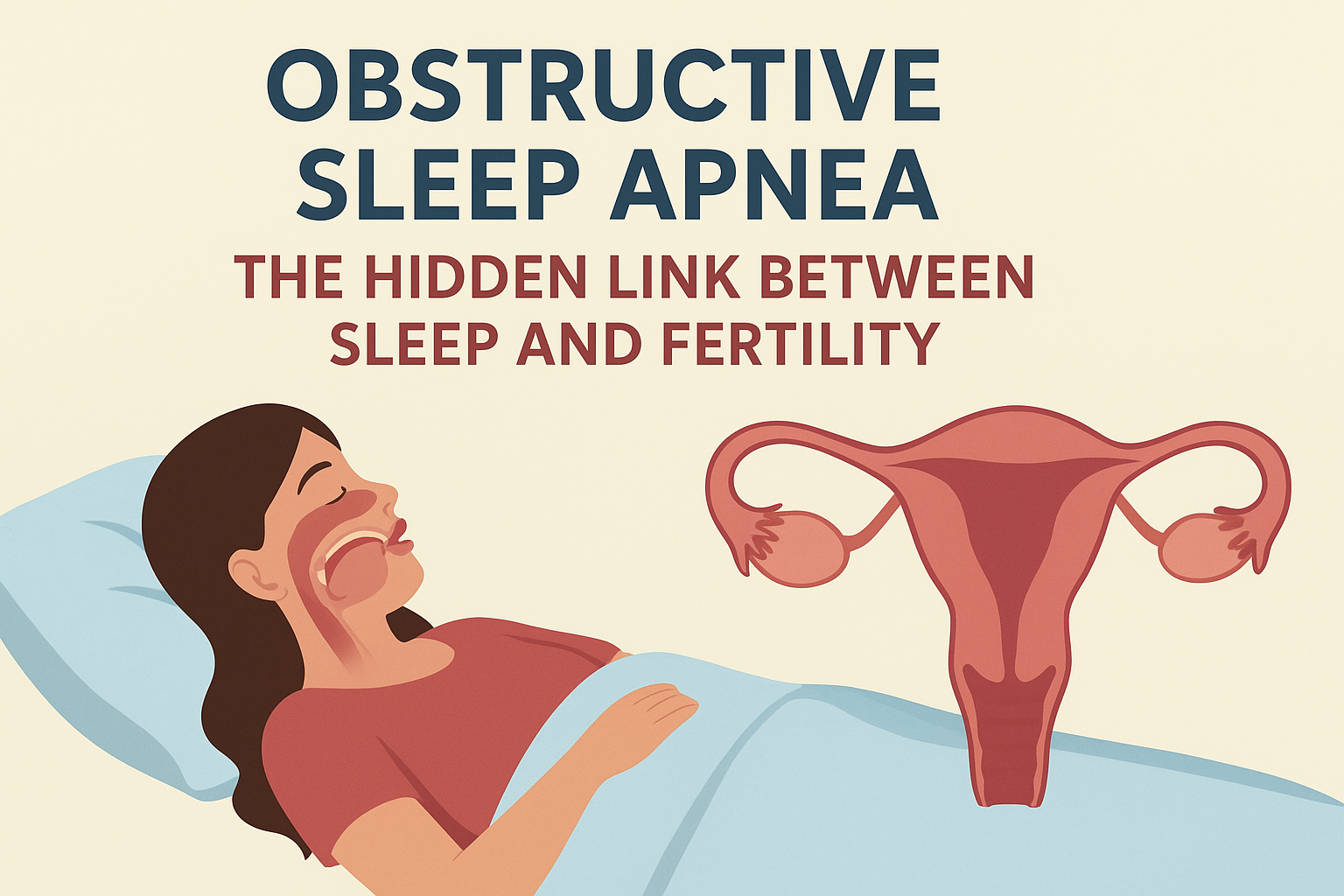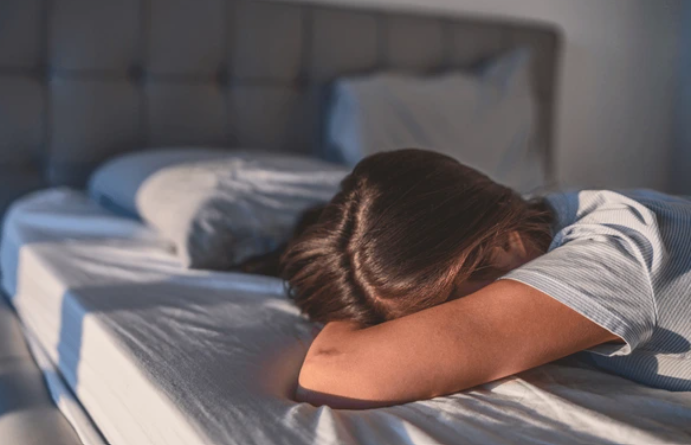Written By Dr. Jyotsana Shree and Reviewed by Dr. Manvir Bhatia-07/04/2025.
Sleep disorders significantly impact millions of individuals worldwide, affecting overall health, cognitive function, and quality of life. Recent FDA approvals have introduced groundbreaking therapies that are transforming the management of obstructive sleep apnea (OSA), narcolepsy, restless legs syndrome (RLS), and idiopathic hypersomnia (IH). This article explores the latest advancements, their clinical impact, and updated treatment guidelines.
Tirzepatide Approved for Obstructive Sleep Apnea in Obesity
One of the most significant breakthroughs this year is the FDA approval of tirzepatide (Zepbound) for moderate-to-severe OSA in adults with obesity. Previously approved for diabetes and weight management, tirzepatide, a dual GIP/GLP-1 receptor agonist, has demonstrated remarkable benefits for OSA patients. Clinical trials showed that patients on tirzepatide experienced up to 20% weight loss, leading to substantial reductions in apnea-hypopnea index (AHI)—a key measure of breathing interruptions during sleep.
Why is this important?
- Weight loss has long been associated with OSA improvement, but achieving it through lifestyle changes alone is often challenging. Tirzepatide offers a medical alternative that effectively reduces airway obstruction.
- Traditional therapies like CPAP (continuous positive airway pressure) have poor adherence rates, and tirzepatide presents a pharmacological option that may reduce reliance on CPAP for some patients.
By addressing both obesity and sleep apnea simultaneously, tirzepatide is a major step forward in integrated sleep disorder treatment.
Sodium Oxybate’s Expanded Use for Pediatric Narcolepsy
Narcolepsy, a chronic sleep disorder characterized by excessive daytime sleepiness and cataplexy (sudden muscle weakness), affects both adults and children. The FDA’s approval of sodium oxybate (LUMRYZ) for pediatric patients (aged 7 years and older) marks a major improvement in narcolepsy management.
What makes this approval significant?
- LUMRYZ is the first extended-release sodium oxybate formulation, allowing for a single bedtime dose, unlike previous versions requiring multiple nighttime doses.
- This reduces nighttime disruptions, improving sleep quality for young patients and making adherence easier for caregivers.
- Clinical trials confirmed that LUMRYZ significantly reduces excessive daytime sleepiness and cataplexy episodes, making it a preferred treatment option for pediatric narcolepsy.
The approval of once-nightly LUMRYZ enhances treatment adherence, minimizing sleep interruptions and improving the overall quality of life for young narcolepsy patients.
Pitolisant for Pediatric Narcolepsy: A Non-Stimulant Alternative
Another milestone in narcolepsy treatment is the FDA’s approval of pitolisant (Wakix) for pediatric patients 6 years and older. Pitolisant, a histamine 3 (H3) receptor antagonist, has been available for adults since 2019 but is now the only non-scheduled medication for pediatric narcolepsy.
Why does this matter?
- Unlike stimulant-based therapies like modafinil or amphetamines, pitolisant does not carry the same abuse potential, making it easier to prescribe and use long-term.
- It enhances wakefulness by increasing histamine levels in the brain, addressing excessive daytime sleepiness without causing addiction concerns.
- Clinical trials significantly improved wakefulness scores, making it a safe and effective first-line treatment option for pediatric patients.
This non-stimulant alternative provides a safer, more accessible treatment option, reducing concerns related to dependency and long-term use.
Updated Guidelines for Restless Legs Syndrome (RLS)
The American Academy of Sleep Medicine (AASM) recently updated clinical guidelines for RLS, marking a significant shift in treatment recommendations.
Key Updates:
- Dopamine agonists, once a first-line treatment, are now discouraged due to the risk of augmentation—a condition where symptoms worsen over time.
- Iron therapy (IV and oral) is now recommended as a preferred treatment option, especially for patients with low or borderline ferritin levels.
- Alpha-2-delta calcium channel ligands like gabapentin and pregabalin are now considered the preferred long-term treatments for RLS symptom control.
- Personalized therapy is emphasized, with recommendations to monitor augmentation risks closely and tailor treatments accordingly.
These guideline changes reflect a growing understanding of RLS pathophysiology and encourage safer, more effective management strategies.
Emerging Therapies for Idiopathic Hypersomnia
Idiopathic hypersomnia (IH) is a rare but debilitating sleep disorder characterized by excessive daytime sleepiness, prolonged sleep duration, and sleep inertia (difficulty waking up). A phase 2 trial of KP1077, an investigational treatment for IH, demonstrated promising results in improving daytime wakefulness, brain fog, and sleep inertia5.
Key Findings from the KP1077 Trial:
- Conducted by Zevra Therapeutics, the study included a 5-week open-label titration period and a 2-week double-blind withdrawal phase.
- Patients reported clinically meaningful improvements in excessive daytime sleepiness (EDS), with sustained wakefulness throughout the day.
- The FDA has granted Orphan Drug Designation for KP1077, and phase 3 trials are now planned.
If successful, KP1077 could become a breakthrough treatment for idiopathic hypersomnia, a condition with limited therapeutic options.
Conclusion
The latest FDA approvals represent major advancements in sleep medicine, addressing long-standing treatment gaps and offering new hope for patients with sleep disorders. From tirzepatide’s role in OSA to once-nightly sodium oxybate for narcolepsy and updated RLS treatment guidelines, these developments are transforming sleep disorder management. As research continues, the future of sleep medicine looks promising, with more effective, personalized therapies on the horizon.
References
- Wadden TA, Garvey WT, Buscemi S, et al. Tirzepatide for weight management in adults with obesity and obstructive sleep apnea. N Engl J Med. 2024;390(4):315-327. doi:10.1056/NEJMoa2312153.
- Thorpy MJ, Morse AM. Sodium oxybate (LUMRYZ) for pediatric narcolepsy: a breakthrough in treatment. J Clin Sleep Med. 2024;20(2):112-119. doi:10.5664/jcsm.10542.
- Dauvilliers Y, Arnulf I, Mignot E. Pitolisant for narcolepsy in pediatric patients: efficacy and safety. Sleep Med Rev. 2024;68:101855. doi:10.1016/j.smrv.2023.101855.
- Silber MH, Allen RP, Earley CJ, et al. Updated treatment recommendations for restless legs syndrome: AASM guidelines. Sleep. 2024;47(1):zsae056. doi:10.1093/sleep/zsae056.
- Bogan RK, Thorpy MJ, Dauvilliers Y, et al. KP1077 in idiopathic hypersomnia: results from a phase 2 trial. Neurology. 2024;102(6):e578-e590. doi:10.1212/WNL.0000000000201624.

